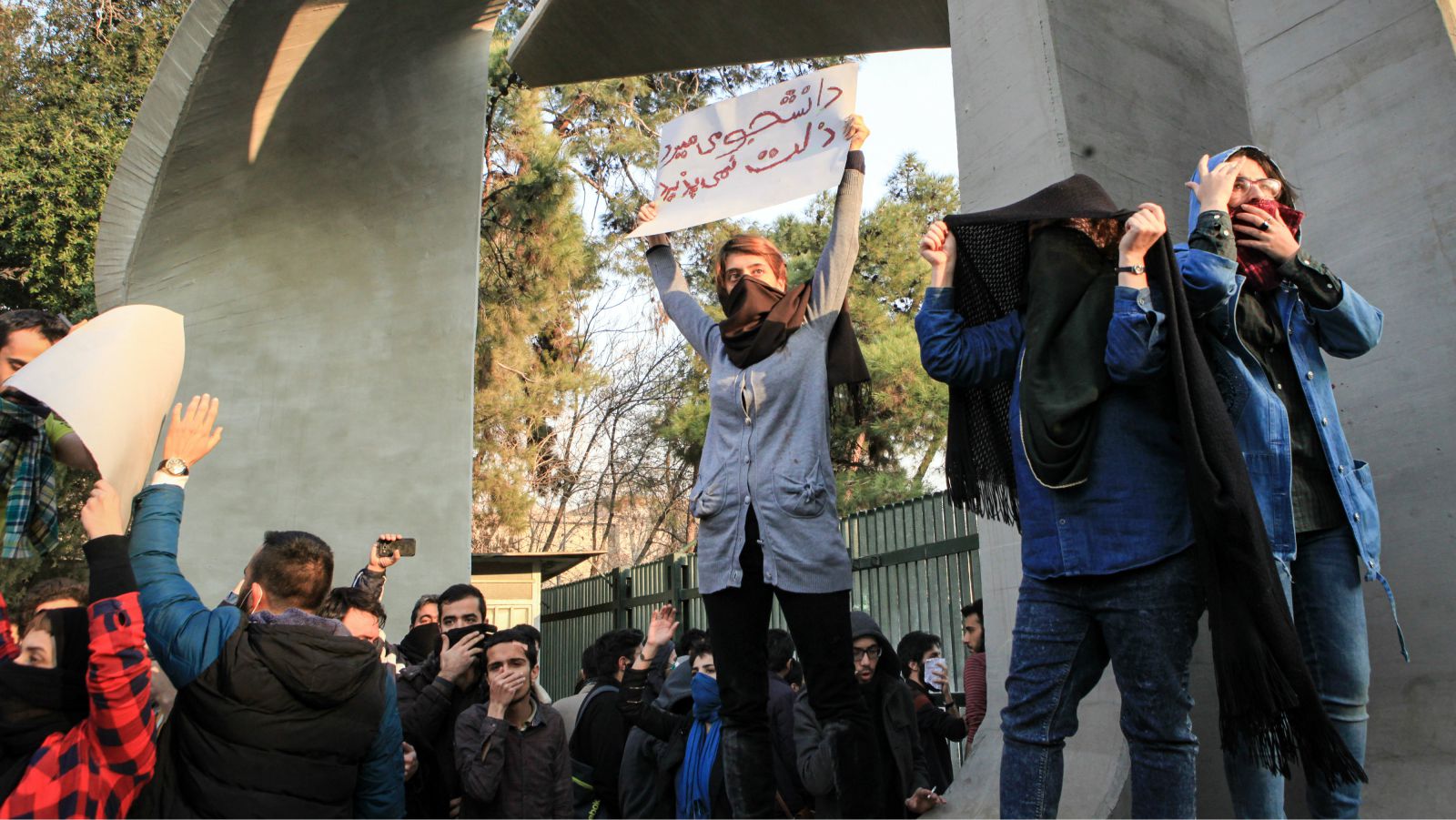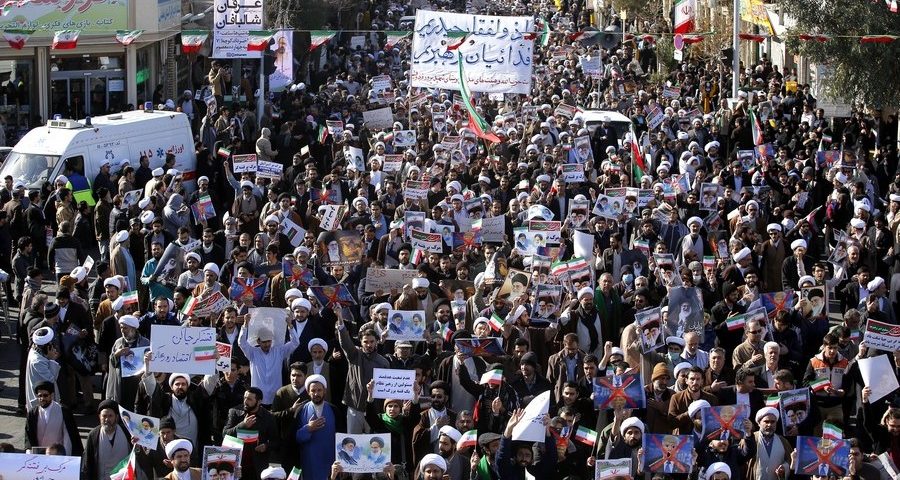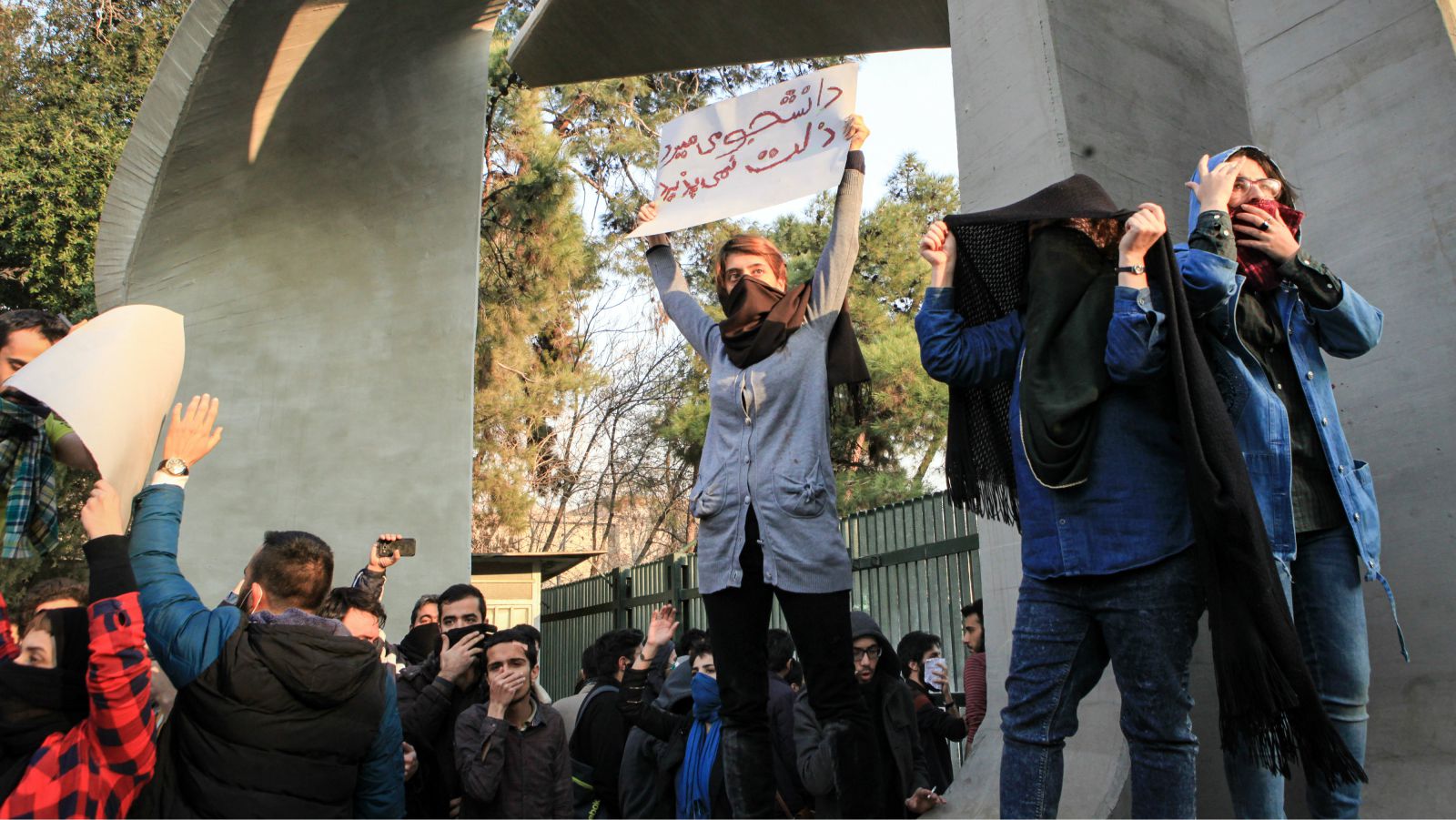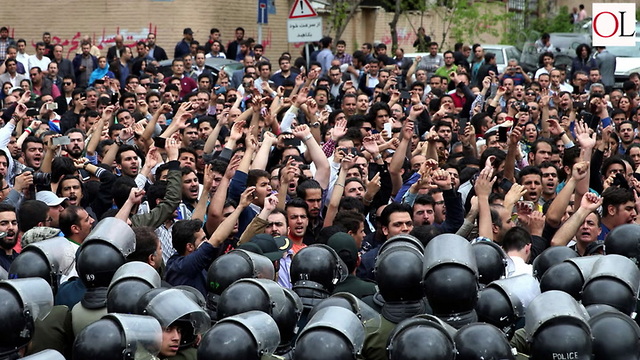The streets of Iranian cities were occupied for almost a week this January. The unrest - the widest scale of its kind since the disputed presidential election in 2009 - initially began over price rises and corruption but protests have since moved to wider anti-government sentiment.
This might not be surprising for the people who follow Iranian politics. The Iranian regime is well known for being repressive and brutal in its suppression of dissidents and this is not the first time Iranian people have taken to streets to defy theocracy. The protests began in Mashhad over Iran's weak economy and a jump in food prices and have expanded to several cities, with some protesters chanting against the government and the supreme leader, Ayatollah Ali Khamenei. They are different from the large-scale protests of the 2009 Green Movement. These protests are by and large taking place in cities, towns, and villages that have been on the margins of Iranian politics.

The fundamental difference between the recent protests and the Green Movement relates to one classic concept: class. The main driving factor of the nationwide protests in Iran is the economy. International sanctions and economic mismanagement have resulted in a dire situation in which the cost of living is extremely high, unemployment remains rampant, and economic inequality is not only widening, but also being flaunted by the rich. When the government announced recent price increases and released an austere budget bill, it ignited at-times violent protests that spread rapidly to dozens of cities nationwide.

Rouhani’s neoliberal economic policies have had a negative effect on the working class. The current protests are the result of years of enormous economic pressure on the poor. In the West, it is commonly accepted that the international sanctions are the cause of the impoverishment of Iranians. But relying on external factors solely cannot sufficiently explain why the Iranians have experienced so much economic deterioration. What has been absent in outside analyses of the economic and political situation in Iran, especially by the leftists in the West, is a comprehensive appraisal of the current administration’s economic agenda.
Rouhani’s administration was successful in reaching an agreement with P5+1 but the promised economic growth was never realized. Although Iran has a generally low rate of poverty, 4.7 percent in 2016-17, unemployment, particularly for youth and women, is above 30 percent. Corruption and manipulation of the market (especially the foreign currency market) have helped the rich to find profitable businesses in importing Porsches and Maseratis. The poor have become poorer and any call for redistribution of wealth is harshly suppressed. Rouhani has been merciless in suppressing the unions and imprisoning labor activists.
Protesters in Iran have expressed outrage at economic conditions, a testament to a failed domestic agenda of neoliberalism and privatization. At least three demonstrators believed to have been killed in custody amid violent crackdown and 21 people died after violent clashes between protesters and security guards during more than a week of demonstrations. More than 1,000 people, including at least 90 students, were arrested. No matter how far the unrest develops and no matter what the consequences are, a new era has begun in Iran.
The writer prefers to remain anonymous due to security pressures.



